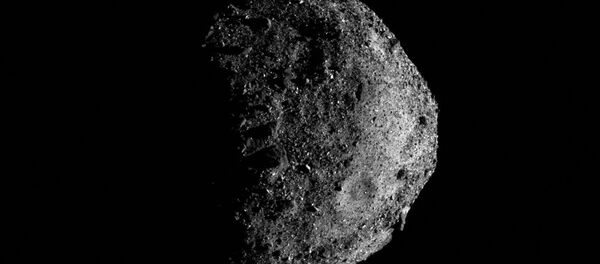It looks like we can all relax for now, as NASA has revealed that the likelihood of a gigantic asteroid 5 to 10 kilometres in diameter hitting the Earth is only 0.000001%, the outlet Interesting Engineering reported, citing the space agency’s data.
These kinds of space rock, which cause the type of impact that led to the extinction of the dinosaurs millions of years ago, hits our planet every 50 to 60 million years, scientists say. However, NASA reportedly stated that smaller asteroids, albeit still large enough to wipe out entire cities, are much more likely to strike our planet in the future, with the probability of such an event happening this year being 0.1%. If a rock of that size enters our atmosphere, there is a 70% chance that it will land in the ocean, according to the agency.
Meanwhile, Interesting Engineering argues that smaller space rocks with a 10-metre diameter burn up in our atmosphere every day due to thermal explosions, but the remains of them still have a chance of landing in our bedrooms – something that has recently happened in the US state of Alabama.
NASA is currently running the Near-Earth-Asteroids (NEAs) monitoring programme, known as Sentry, which compiles a risk table indicating the impact probability of rocks flying close to Earth.




